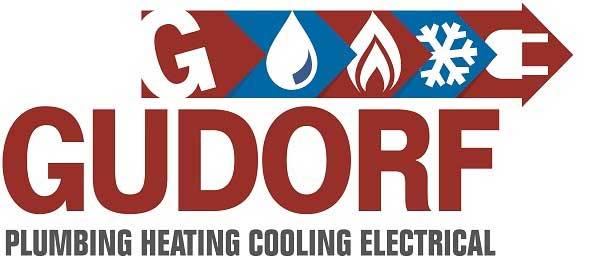Solar Energy, clean energy for a better tomorrow!
What is Solar Photovoltaic?
Solar Photovoltaic (PV)* modules absorb direct sunlight
and convert it to electricity used to power your home.
The amount of electricity provided is measured in
kilowatt-hours (kWh). How much sunlight the system
receives, and its power rating determine the number of
kWh generated. Geographic location of the system,
orientation, and shading may affect the kWh production,
so proper design and installation is important for optimal
performance.
HOW SOLAR WORKS
1. Solar Panels: Sunlight hits the panel's surface and is converted to electrical energy.
The solar cells located on the panels collect photons from the sun's rays. These photons are pushed through and release electrons to create an electrical current known as direct current (DC).
2. Inverter: The DC electricity is converted from DC to AC (alternating currents) electricity that is used to power appliances in homes or buildings.
3. Electrical Box: The AC electricity is sent to the breaker panel. There, the usable energy powers the house or building while the excess energy is sent back to the utility grid. The utility meter will record this credit transfer and run backwards providing ultimate utility savings.
4. Electricity to Home: Solar energy is used to power everyday appliances in your home or building, such as lights, a refrigerator, and your heating and cooling system.
5. Net Metering: Extra Energy produced by the solar array that isn't used in the home qualifies for net metering. Your utility provider will record the amount of energy the home or building consumes and how much excess energy is sent back to the grid each month. Depending on your utility provider, you may be credited for the extra amount sent back to the grid.
6. Grid Interconnection: Through the process of net metering, the energy that you do not use will be sent back through the electric grid (power lines).
THE BENEFITS OF SOLAR
Clean, Renewable Energy
Solar power is a 100% clean, renewable energy. The sun's abundant rays offer
an unlimited source of power that doesn't harm the environment. Investing in a
solar system reduces reliance on fossil fuels, such as coal, oil, and natural gas for
electricity production. When you purchase a solar system, you're doing more than buying power, you're making a strong commitment to the future of the planet.
-Driving 382,760 fewer miles
-Growing 47,122 trees
-Taking 34 passenger cars off the road*
Efficient Cost-Savings
Solar systems offer year-round savings and efficiency, even when it's cold and cloudy. Depending on your home's electrical demand, the system's size, efficiency, and orientation to the sun, your system may generate more electricity than your home consumes. This could result in your monthly electric bill being $0. And in some areas, you might qualify for additional rebates if your system produces excess energy. With rising utility costs, a solar array offers a predictable cost for the lifetime of the system.
Freedom and Control Of Electricity
Installing a solar array is a major step towards energy independence. According to research from Lawrence Berkeley National Laboratory, for the last 15 years, U.S. households have experienced a steady increase in frequency and duration of power outages. A solar array, paired with a home battery unit, allows for a home to generate and store all the necessary electricity needed to power it.
Increased Home Value
Studies show that homes with energy-efficient features sell for as much as 40%** more than expected, and according to Zillow Economic research, homes with solar systems sold for 4.1%*** more on average than comparable homes without solar. For the median-valued home, that results in an additional $9,274.
Sources: *Clean energy numbers based off of south facing roofs in the Midwest. For information on your area, visit www.pvwatts.nrel.gov
**www.forbes.com/sites/amandalauren/2018/05/15/the-fixer-upper-effect-farmhouse-designs-dominate-the-starter-home-market/#34fb68d76ecf
***www.zillow.com/research/solar-panels-house-sell-more-23798/
Financial Incentives for Solar
The Solar Investment Tax Credit (ITC) is commonly referred to as the federal solar tax credit. This credit is a dollar-for-dollar, 26 percent reduction that applies to the cost of installing a PV solar system. A taxpayer may claim the credit for a system if it's located in the United States and is owned and used as a residence by the taxpayer. The solar tax credit is offered by the U.S. Federal Government for homeowners, under Section 25D, and for commercial properties, under Section 48.
22% TAX CREDIT for systems placed in service by 12/31/2023*
Be sure to look for local and state incentives, as well.
Since the ITC is a piece of federal legislation, it is subject to change.
*Commercial and utility projects that have construction of the system completed before December 31st, 2023 may qualify for the 26% or 22% tax credit if they're placed in service before December 31, 2023. After 2023, commercial and utility projects will have a 10% tax credit. Since this is a piece of federal legislation, it is subject to change.
Have you seen our team? We service Jasper, IN and the surrounding areas!

